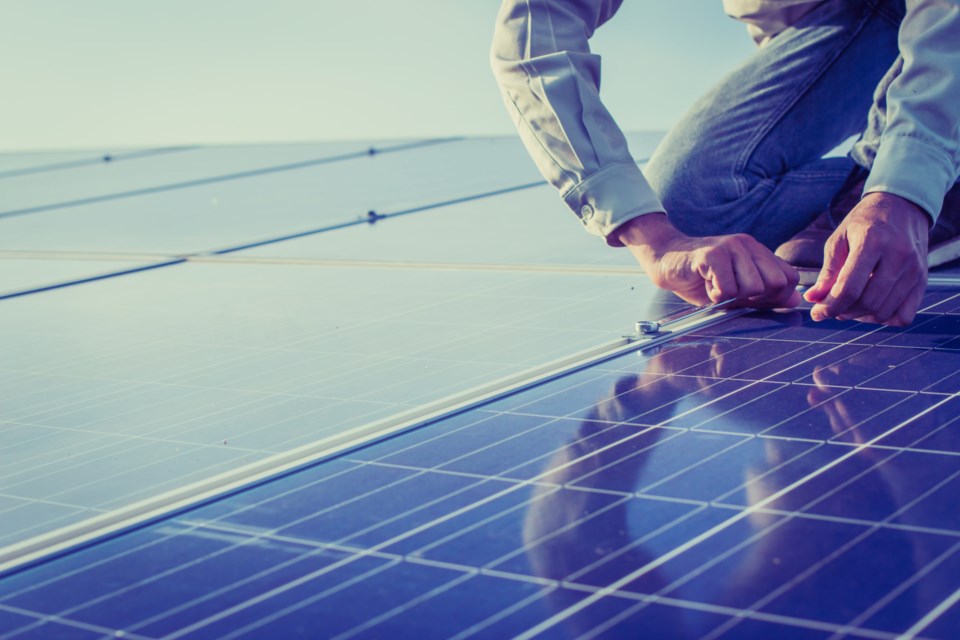British Columbia’s Nicola Valley gets a lot of sunshine. With over 2,000 hours of sunny weather per year, the Merritt region is one of the most sun-drenched areas of the province. Taking advantage of all those sunny days has become a top priority for the Upper Nicola Indian Band.
“We are doing something great here,” exclaims Chief Harvey McLeod, describing his band’s initiative to build the province’s largest solar farm on the Quilchena reserve near Merritt.
With FortisBC as a partner, Chief McLeod is confident that after nearly seven months of negotiations with BC Hydro, the much-anticipated clean energy project is poised to take shape later this year.
“Now we’re at the point where we need to finalize some of the small details with BC Hydro,” says McLeod.
The Tsilhqot’in First Nation recently marked the completion of a solar farm in the Chilcotin, west of Williams Lake – but that particular project made up of 3,465 solar modules is tiny compared to the Upper Nicola’s massive venture.
“The information that we’ve been getting is the potential of this project is exceeding our expectations,” says Chief McLeod.
The $30 million enterprise calls for 56,000 modules, each containing 72 solar cells, or enough to generate at least 15 megawatts of electricity with the capacity to power an estimated 5,000 homes per year. Excess electricity from the venture will be added to the provincial power grid.
But while this “nearly official” project has the potential of earning between $3.5 and $4 million in annual revenue, Chief McLeod is quick to point out that BC’s largest solar farm is not only about jobs and economics.
“What is more important for Upper Nicola is that we are involved and engaged in clean energy…we are doing something that is good for the environment while supplying the electrical needs of our citizens.”
While there will be several jobs created during the construction of the solar farm, McLeod admits very few permanent jobs will follow once the project is complete and the farm is operational.
“I still see this as a real opportunity for our people – this is going to be pretty awesome for our community,” says McLeod, citing lower energy costs, and potential revenue.
Converting sunshine into energy is hardly new; solar power cell technology was invented in 1839 by French physicist Edmond Becquerel. But it remains a small but rapidly growing source of electricity for Canadians. According to government figures, British Columbia barely registers, with approximately 98% of Canada’s overall solar power generation capacity located in Ontario.
Chief McLeod is cautiously optimistic that if everything goes according to plan, BC’s largest solar farm should be plugged in and under construction this fall.
“We’ve walked the talk…we are doing something great here.”
As always, I welcome your comments and criticism on Twitter @kammornanchor and email [email protected].
Bob Price is a veteran B.C. broadcaster who anchored the morning news on CHNL radio in Kamloops for the past 30 years. Bob is also a past Webster Award winner whose previous stops included Vancouver and Calgary.
SWIM ON:
- Last week, Bob Price looked at what 2020 will have in store for BC's beleaguered forestry sector.
- Ian Madsen speculates that new technology may just make the carbon tax obsolete.
- This story sound familiar? Bob first checked in with Chief Harvey McLeod about this project in November 2018. It's come a long way since.



